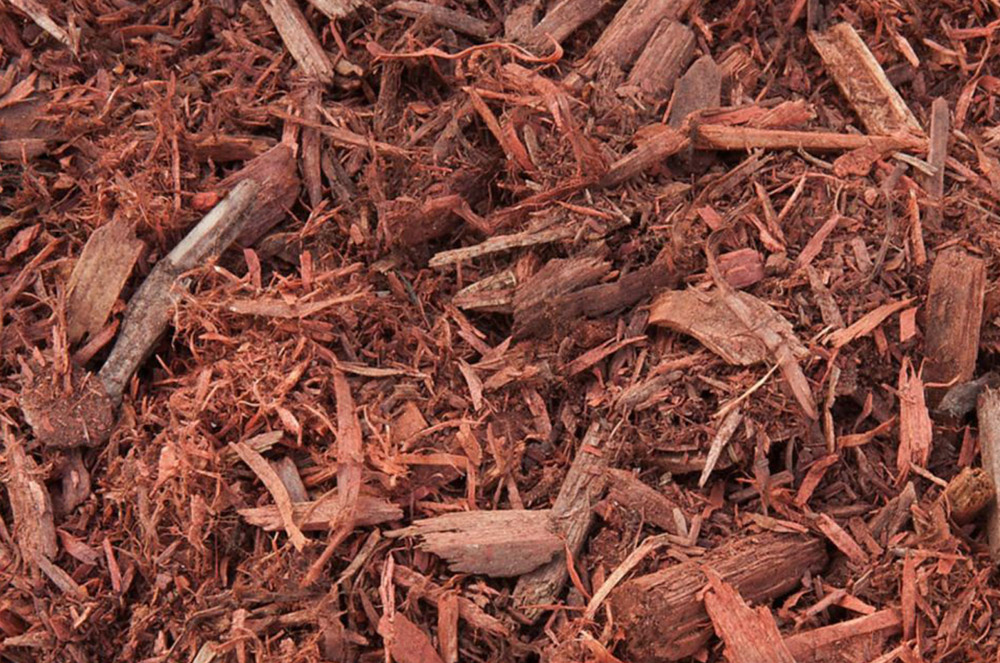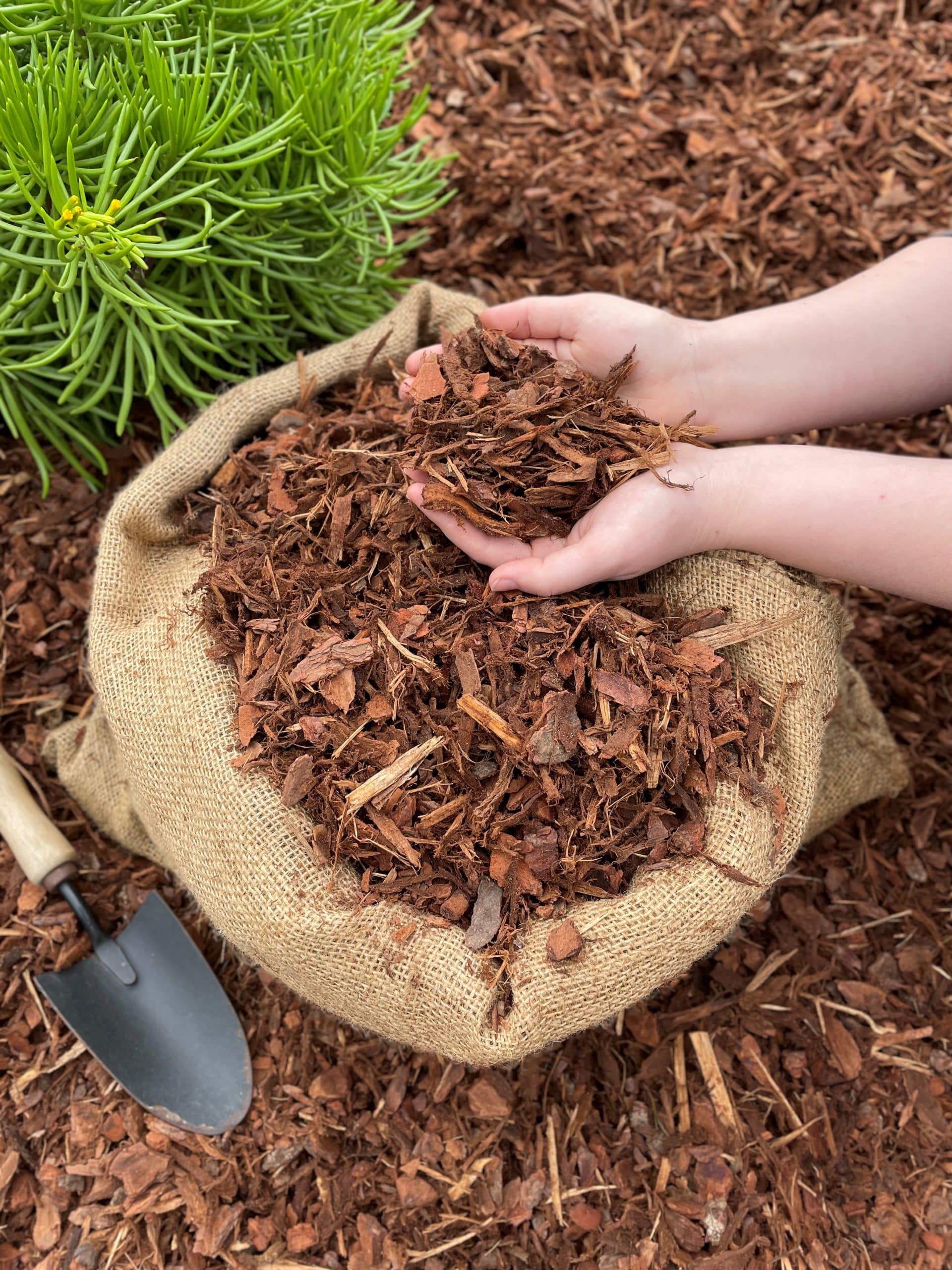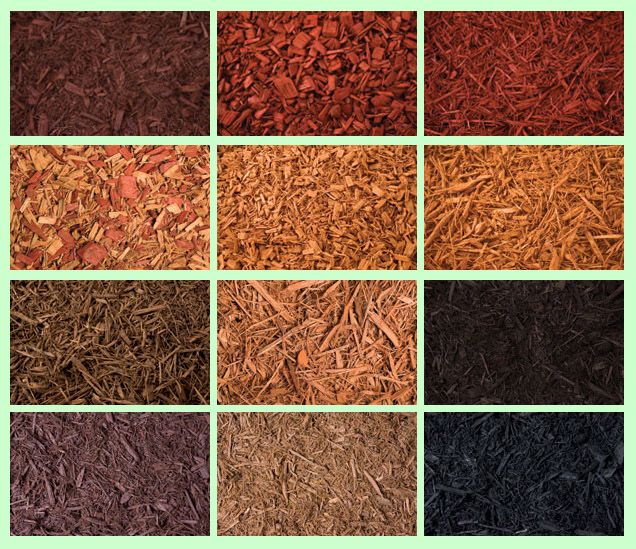How To Use Natural Bark Mulch To Improve Your Garden
Title: How to Use Natural Bark Mulch to Improve Your Garden
Introduction:
Mulch is a layer of organic material that is applied to the surface of the soil around plants. It has many benefits for gardens, including:
- Retaining moisture: Mulch helps to keep the soil moist, which is especially important during hot, dry weather. This can help to reduce your watering needs and prevent plants from wilting.
- Suppressing weeds: Mulch creates a barrier between the soil and sunlight, which helps to prevent weeds from germinating. This can save you time and effort weeding your garden.
- Improving soil quality: As mulch decomposes, it adds organic matter to the soil. This helps to improve the soil's structure and drainage, which can benefit plant growth.
- Protecting plants from temperature extremes: Mulch can help to insulate plants from hot and cold temperatures. This can help to prevent plants from getting sunburned or frostbitten.
- Adding visual interest: Mulch can add a touch of color and texture to your garden. It can also help to define the edges of flower beds and borders.
Main Content:
There are many different types of mulch that you can use in your garden, including bark mulch, wood chips, pine needles, and straw. Bark mulch is a popular choice because it is attractive, durable, and relatively inexpensive. It is available in a variety of colors, including brown, black, and red.
To use bark mulch in your garden, you will need to first remove any weeds from the area where you plan to apply it. Then, spread the mulch evenly over the soil, leaving a gap of about 2 inches around the base of plants. The thickness of the mulch layer will depend on the type of plants you are growing. For most plants, a layer of 2-3 inches is sufficient.
Bark mulch should be applied in the spring or fall. It is important to keep the mulch moist, especially during the first few weeks after you apply it. You can water the mulch regularly or use a soaker hose.
As the bark mulch decomposes, it will release nutrients into the soil. This can help to improve the health of your plants. However, it is important to note that bark mulch can also draw nitrogen from the soil. To prevent this, you may need to add fertilizer to your plants on a regular basis.
Conclusion:
Using natural bark mulch in your garden can have many benefits. It can help to retain moisture, suppress weeds, improve soil quality, protect plants from temperature extremes, and add visual interest. If you are looking for a low-maintenance way to improve your garden, bark mulch is a great option.
Are you looking for a natural and effective way to improve your landscaping? If so, you should consider using natural bark mulch. Bark mulch is a great way to retain moisture in the soil, suppress weeds, and regulate soil temperature. It is also a natural way to add beauty to your landscape.
To learn more about natural bark mulch, visit Home Gardening. Home Gardening offers a wide variety of natural bark mulches, as well as helpful information on how to use them. You can also find tips on how to choose the right type of bark mulch for your needs.
FAQ of natural bark mulch
What is natural bark mulch?
Natural bark mulch is a type of mulch made from the bark of trees. It is a sustainable and environmentally friendly choice, as it is made from a renewable resource. Natural bark mulch also helps to improve the health of your soil and plants.
What are the benefits of using natural bark mulch?
There are many benefits to using natural bark mulch, including:
- It helps to retain moisture in the soil, which can help to reduce water evaporation and water bills.
- It helps to suppress weeds, as it creates a barrier that prevents sunlight from reaching the soil.
- It helps to improve the drainage of the soil, which can help to prevent plant roots from rotting.
- It helps to aerate the soil, which can help to improve the oxygen levels in the soil.
- It helps to protect the soil from erosion.
- It can improve the appearance of your landscape.
How much natural bark mulch do I need?
The amount of natural bark mulch you need will depend on the size of the area you are mulching. As a general rule of thumb, you will need about 2-3 inches of mulch.
How do I install natural bark mulch?
To install natural bark mulch, you will need to:
- Clear the area of weeds and debris.
- Rake the soil smooth.
- Spread the mulch evenly over the area, making sure to leave a 2-3 inch gap around plants.
- Water the mulch thoroughly.
How often do I need to reapply natural bark mulch?
You will need to reapply natural bark mulch every 1-2 years, or more often if it is washed away or blown away.
What are the disadvantages of using natural bark mulch?
There are a few disadvantages to using natural bark mulch, including:
- It can be expensive, especially if you need a large amount.
- It can be messy, especially when it is first applied.
- It can attract insects and pests, such as termites and carpenter ants.
- It can harbor mold and mildew, especially if it is wet.
How can I prevent the disadvantages of using natural bark mulch?
There are a few things you can do to prevent the disadvantages of using natural bark mulch, including:
- Choose a type of natural bark mulch that is less likely to attract insects and pests.
- Apply the mulch in a thin layer, so that it does not become soggy.
- Rake the mulch regularly to remove any debris or mold.
- Add a layer of compost or topsoil to the mulch, which can help to improve drainage and reduce the risk of mold.
Image of natural bark mulch
- Red cedar bark mulch: This type of mulch is made from the bark of red cedar trees, which is known for its rot-resistant properties. It has a reddish-brown color and a pleasant cedar scent.

- Western red cedar bark mulch: This type of mulch is also made from the bark of red cedar trees, but it is from a different species of red cedar that is native to the western United States. It has a similar reddish-brown color to red cedar bark mulch, but it is slightly lighter in color.

- Hemlock bark mulch: This type of mulch is made from the bark of hemlock trees, which are known for their fast growth rate. It has a light brown color and a subtle, pleasant scent.
- Douglas fir bark mulch: This type of mulch is made from the bark of Douglas fir trees, which are a type of evergreen tree that is native to North America. It has a light brown color and a pleasant, woodsy scent.

- Spruce bark mulch: This type of mulch is made from the bark of spruce trees, which are a type of evergreen tree that is native to North America. It has a light brown color and a subtle, woodsy scent.

- Pine bark mulch: This type of mulch is made from the bark of pine trees, which are a type of evergreen tree that is native to all continents except Antarctica. It has a light brown color and a pleasant, woodsy scent.

- Chipped bark mulch: This type of mulch is made from small pieces of bark that have been chipped into a uniform size. It is available in a variety of colors, including red, brown, and black.

- Shredded bark mulch: This type of mulch is made from bark that has been shredded into long, thin strips. It is available in a variety of colors, including red, brown, and black.
- Exfoliated bark mulch: This type of mulch is made from bark that has been exfoliated, or peeled off in thin layers. It has a unique, flaky appearance and is available in a variety of colors, including red, brown, and black.

- Colored bark mulch: This type of mulch is made from bark that has been dyed a variety of colors, such as blue, green, and purple. It is a good option for adding a pop of color to your landscape.


Post a Comment for "How To Use Natural Bark Mulch To Improve Your Garden"